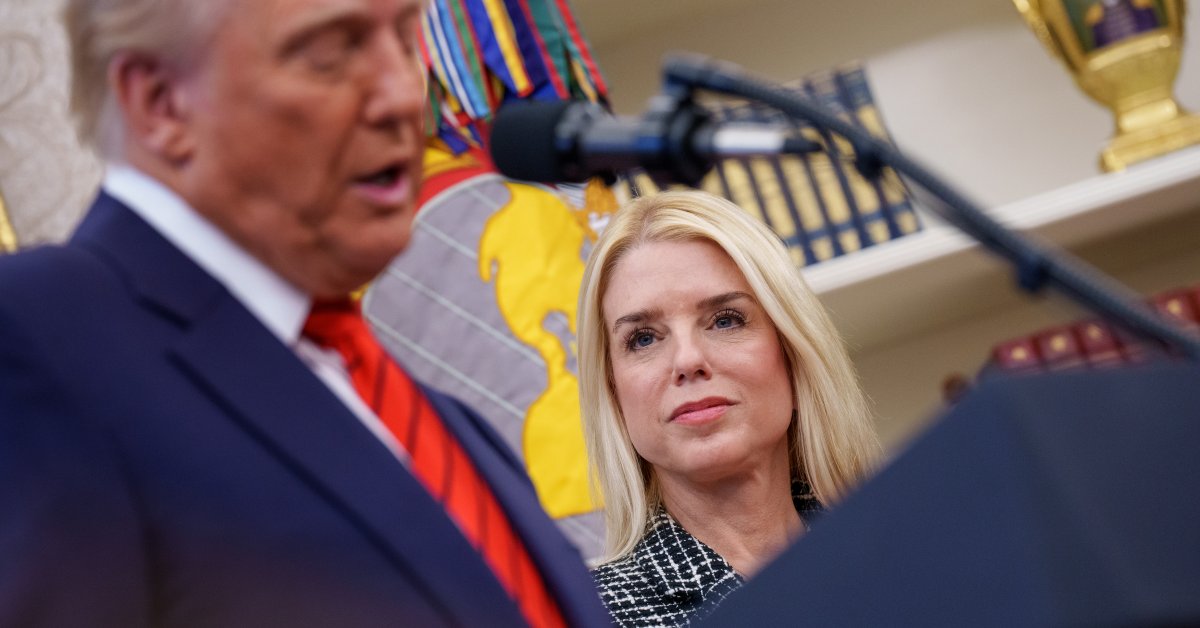Greetings from Los Angeles where the Milken Global Conference concluded earlier this week. For the uninitiated, Milken is a key stop on the conference circuit for many business and finance leaders—a great way to escape Manhattan to brush shoulders with industry titans and top policymakers in Beverly Hills.
It is by no means a climate conference. This year, public sessions with U.S. Treasury Secretary Scott Bessent and NVIDIA CEO Jensen Huang drew packed ballrooms. But, to many, the real draw of the conference is the behind-the-scenes discussions—an opportunity for information gathering and dealmaking.
For me, Milken is a great place to take the pulse on how key figures in the world of business and finance are feeling about energy, climate, and related issues. There is no doubt that climate has slipped from center stage as CEOs contend with tariffs and what might diplomatically be called a fast-changing policy environment. At the same time, it may come as a surprise to those who just follow the headlines, but the issue remains well-placed on the corporate agenda—not just in the ballroom discussion panels of the Beverly Hilton at Milken but in the behind-the-scenes executive conversations taking place in private meeting rooms, nearby restaurants, and even just the crowded hallways.
The picture that emerges to me is a dynamic one. Companies are trying to navigate an increase in climate regulation in many jurisdictions around the world while at the same time contending with a U.S. government that doesn’t want to hear about it. They are trying to protect their operations from the risks posed by climate change while conserving their financial resources in uncertain economic times.
“I’ve had hundreds of conversations since the election. I’ve never spoken with a company that said, ‘You know what? We’re going to let go of our net-zero target,’” said Nili Gilbert, vice chair at Carbon Direct, a company that invests in carbon management, on a Milken panel. “However, there is a lot of conversation going on about the interim strategy.”
My conversations at Milken will inform my reporting in the weeks to come, but for now I want to highlight a few things that stood out to me:
Physical risk
Much of the public discussion at the intersection of business and climate has focused on how companies can decrease their emissions. But companies have also been forced to look at how the physical risks of climate change may affect their operations. That rethinking is the result of both climate disclosure rules in Europe that require companies to assess how climate change threatens their operations, and recent climate-linked disasters that have brought those realities home.
Many companies want to avoid talking about climate risk directly. It’s not exactly a great PR move. But a careful look at many companies’ more recent sustainability initiatives makes the link apparent. Think of an agriculture company that helps farmers in the supply chain use less water or a fashion company diversifying where it buys materials. “Being able to map those impacts and hazards is super important,” said Melissa Fifield, who runs the BMO Climate Institute, on a panel I moderated focused on water and climate. “It’s a material impact to a lot of companies.”
Investment speed
Climate isn’t an island. The trillions in investment that the world needs to mitigate and adapt to climate change will come in forms that might otherwise be classified broadly as infrastructure, venture capital, or private equity. And the uncertainty of the moment—political and economic—has made companies and investors reluctant to make big bets and instead focus on conserving cash.
“These asset owners… want to focus on climate and infrastructure,” said Mark Berryman, partner at Capricorn Investment Group, an impact investing fund, on a Milken panel. But “they may just kind of tighten their belt in general, even if it was not a climate focused investment,”
AI, meanwhile, is a bright spot for how companies might focus their investment. As I’ve written before, the race to build data centers has created a race to build clean energy.
Financial innovation
Innovation typically draws to mind new technologies, but financial innovation can be just as important to bring clean energy to market.
Across the conference, it was reassuring to hear leaders at the intersection of climate and finance talk about different ways companies may soon be able to raise the money necessary to bring climate projects to life. That includes long-standing conversations like carbon markets and blended finance, where public or philanthropic dollars are combined with return-oriented investment. But it also includes new vehicles like private credit, an emerging asset class where investors outside of typical banks lend directly to companies.
Ultimately, financial innovation is a key ingredient to any energy transition, and these questions will need to be settled.
To get this story in your inbox, subscribe to the TIME CO2 Leadership Report newsletter here.








